The episode of WTF Happened to This Horror Movie? covering Candyman (2021) was Written by Emilie Black, Narrated by Adam Walton, Edited by Jaime Vasquez, Produced by Andrew Hatfield and John Fallon, and Executive Produced by Berge Garabedian.
Legacy sequels, recently they’ve been the talk of town, for better and for worse. The recent Halloween trilogy seems to be beloved by some and hated by others, the new Exorcist sequel underperformed both in box office and public opinion, yet these types of sequels are not stopping anytime soon. One that seemed to go over mostly well with a decent box office, mostly good reviews, and generally happy fans was the 2021 release of Candyman (watch it HERE). Of course, plenty didn’t love it or thought it was trying too hard, but overall, it did ok and brought plenty of new ideas to the table while respecting the original. A lot, truly, a lot had to happen before that legacy sequel could happen. For the longest of time, it was believed to be a remake and fans of the original and of Tony Todd were not happy with that. However, things were leaking left and right that led to believe it might be more than that, it might be something different. So, let’s take a look into the history of this sequel, how it came to be, then how it did, because it did well, but could have done a lot better in the eyes of some fans.
When the reboot, remake, requel, whatever of Candyman was announced, it was easy to join into the communal groan of the horror community. Another one? And for a film that is so good? With two sequels already in existence, with diminishing returns to say the least, the real question was: Whyyyy?
In terms of the legacy sequels, this is certainly one of the best out there, but it didn’t come easy. The original film came out in 1992 from director Bernard Rose, based on the Clive Barker story “The Forbidden”. The film followed a woman, Helen Lyle, as she researched and obsessed over the legend of Candyman, or Daniel Robitaille, a man who was killed for loving the wrong woman in a heavily racist society. Of course, his legend comes to haunt her and others, creating a new slasher for horror fans to fan over. The way this film was made, the time at which it came out, not long after the Rodney King beating and subsequent riots, the casting, the quality of the film, how it was adapted from the Clive Barker story, and more, there was so much involved to make it one of the scariest slashers out there. To this day, the original is still beloved and still scares people on the regular. In terms of reviews, the film seems to still be reviewed quite positively. Of course, not everyone loved it at the time or even now, but there is something there still. Tony Todd’s performance counted for a lot in this and still does. He is Candyman. If we look at numbers, the original still stands with 79% from critics and 63% from users on Rotten Tomatoes. Yes, this could be higher, but for its fans, it’s a classic and it’s one that marked a generation. The popularity of Tony Todd at conventions, how often he is invited to talk about the film, how Bernard Rose still carries stills and storyboards for the film when making appearances leads to the understanding that the film has a solid fanbase.
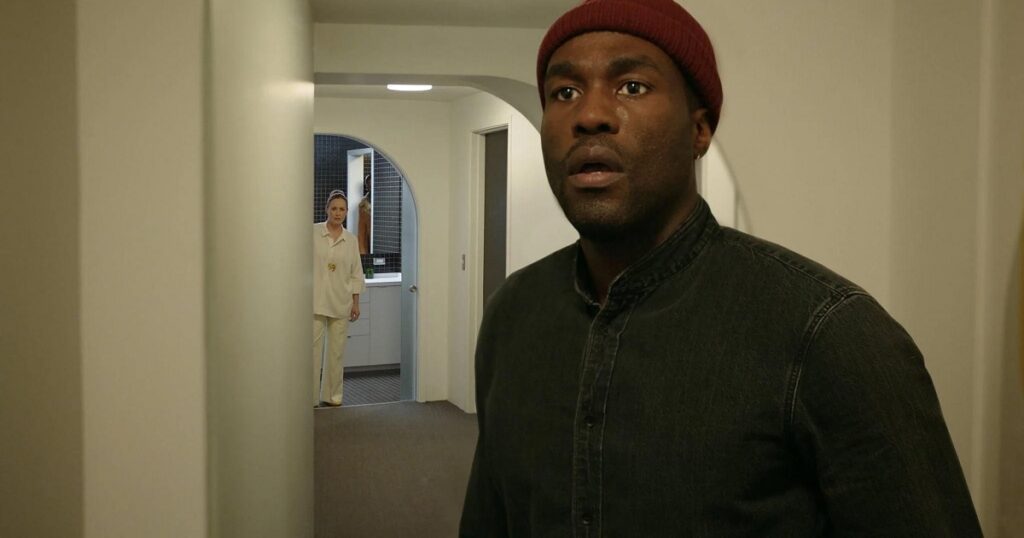
Then came the sequels, with Candyman: Farewell to the Flesh in 1995, which instead of going with the story of Helen as she is summoned after death at the end of the first, it moves the story to New Orleans and brings back Candyman in his Tony Todd form. The film once again focusses a lot on a white woman protagonist, but it mostly abandons all subtext while upping the blood and gore factor. While some seemed to love it at first, it is certainly not the first, scoring 22% with critics and 30% with fans on Rotten Tomatoes. The film is not abysmal, but it doesn’t really pull on the nostalgia heartstring on its own. It mostly made its money because of its connection to the first. Farewell to the Flesh did make enough money to lead to another sequel, Candyman 3, also known as Candyman: Day of the Dead. This third film came out in 1999 and is set in 2020, getting a bit futuristic on us there. The lead here is played by Donna D’Errico who we are supposed to believe is a descendant of Daniel Robitaille who in this story was a painter just like her and who wants her to take on the killing mantle. This one is all about the killing and not all that much about subtext or subtlety. The gore is very much there, but not much else. The film currently stands at an abysmal 7% from critics and slightly less bad 22% from viewers on Rotten Tomatoes. It’s the kind of sequel that makes fans wonder why it was made while also making it clear that perhaps the franchise should die before it’s damaged further.
But, like any good slasher, Candyman could not be killed this easily. Other sequels and reboots almost happened. In the early 2000s, the original director was almost brought back for a prequel, one where the story would revolve around the love between Candyman and Helen, something that probably would have made a few get that puzzled puppy look… Helen and Candyman in love? A prequel? Were they implying that Helen was the love that led him to be killed? Because that would have been a more interesting story than that third film, but it would not have been Helen. The studio quickly said nope to that and the sequel churning machine had to find another idea. Then comes Freddy vs Jason and its money. Every slasher killer was almost put in a film like this, Pinhead, Michael Myers, they even thought of bringing in Ash from the Evil Dead franchise to face some of them. Of course, Candyman was not left behind on this and a proposed Candyman Versus Leprechaun started making the rounds. Tony Todd had zero interest in this thankfully, saying “I will never be involved in something like that.” So that died before it was much more than a concept. In 2004, there was a version of Candyman that was doing the rounds with Clive Barker attached and a $25 million budget, it was to be a fourth film in the franchise and Tony Todd confirmed it to Fangoria. As we now know, that also died not long after its announcement. In 2009, another plan was announced, possibly for the same sequel, but with Deon Taylor attached to direct. The film would take place after the second one and ignore Day of the Dead. The story for this one moved Candyman to winter in the Northeast, in a college for women, where he would get plenty of potential victims, and really become just another slasher without much else to him. Another sequel that thankfully went nowhere and disappeared.
Then we got almost a decade of silence on a potential sequel or reboot for the hooked-armed man of our nightmares. Then, in 2018, word started circulating that Jordan Peele wanted to reboot the series. The man already had already jumped into the deep end in the horror genre with the well-received and award winning Get Out and his new film, Us, was just about to see the light of projectors. He seemed like a solid choice, something Tony Todd agreed with saying: “I’d rather have him do it, someone with intelligence who’s going to be thoughtful and dig into the whole racial makeup of who the Candyman is and why he existed in the first place.” That’s an embrace for the creator that meant fans could get on board too. In November of the same year, it was confirmed that Peele would be making a new Candyman which he would co-produce with Win Rosenfeld with Nia DaCosta directing, all three were to write the script together. Of course, from then on, it became known as Jordan Peele’s Candyman, something folks still think of when the film comes up in conversation and online. While he is large part of the film as he co-produced and co-wrote it, the name that should come up with the title more often is who most people view as the creative driving force behind a movie, the director, who in this case is Nia DaCosta. Yes, Peele was involved at many stages, but there is something here that is very much DaCosta’s.
When the film was released, her name seemed to be in shadows more than it should have been, that is until the box office came in. The attention suddenly focused on DaCosta as the first Black woman to get a number one box office hit. Suddenly, those who didn’t seem to be able to be bothered about learning her name were all about her, something those who kept saying her name from start, those who kept putting “Say Her Name” online, definitely noticed. It was both frustrating and validating at the same time.
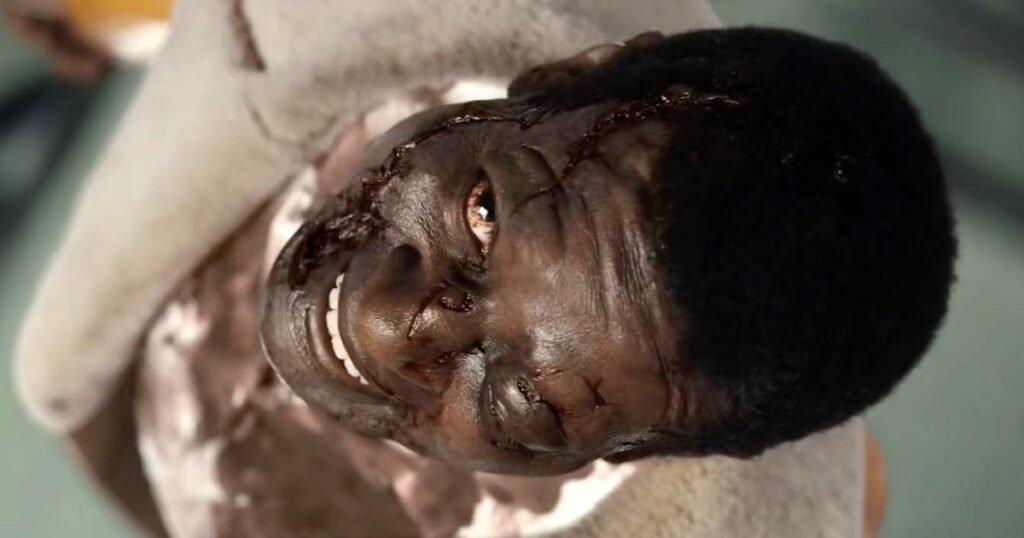
Another thing we must touch upon here is the film’s teaser trailer, it was magnificent. The shadow puppets were genius and were used again in the film to fill in what normally would have been flashbacks, giving these a style reminiscent of artist Kara Walker’s work about racism and violence, something she does with powerful silhouette cut-outs. Here, the work was done by a puppet-theater company called Manuel Cinema based out of Chicago. These became sort of legends instead of flashback a great way to handle a story like that of Daniel Robitaille and the other men who became Candymen.
As for the film itself, the story is definitely a sequel. It centers around Anthony McCoy, an artist whose work is about to gain much more traction in the Chicago artwork due to his new connection to the Candyman story. Here, the Candyman we first meet is not Daniel Robitaille, but Sherman Fields, a man beaten to death in the 1970s for being suspected of giving candy to a kid that had a razor blade in it. This of course is based on an urban legend, perfect to create the film’s own new legend. The Candyman here becomes a being that represents more than one man, but men who were wrongfully killed and looking for vengeance and/or justice. McCoy soon starts researching the legend and it influences his work as an artist, but also affects his personality and his body. From there, the legend grows, and the film takes off.
The film touches on some of the themes of the original with Black oppression, police violence, racism, and how legends, urban or otherwise, are born and can affect society, even the white savior aspect, but it also modernizes the stakes and the themes adding in themes of gentrification, the use of art to pass a hard message, the need for heroes or anti-heroes to represent all people, how history and what we know of it evolves, and the importance of voices from one’s community in telling its stories. Here, the fact that the creative team behind the film is all Black adds to the themes in that they all understand their work and it does not come off like someone looking in or using the suffering of others for their art. Yes, the original story is by a white man, but there was something in how Clive Barker wrote it and how Bernad Rose directed it that worked. Also, the original film is very much centered on the white woman putting herself into the story of Black people and wanting very much to become a savior. There is something to be studied in how this is approached and put to film. Here, the sequel is made with some of the same ideas, some of the same characters even, but differently handled.
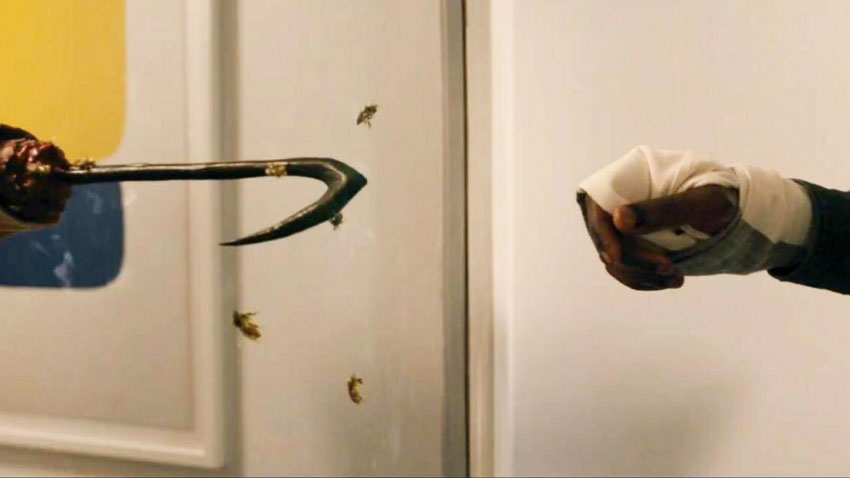
This new Candyman film is indeed a sequel, but it has something to say, something new to bring to the table while also giving fans some of what they expect. There is a bit of fan services in the story, giving the character William Burke the book Weaveworld by Clive Barker to have with him in the laundromat where McCoy meets him. Naming the art dealer Clive Privler as a nod to Barker as well, and having the character be gay and in an interracial relationship mirrors some of Barker’s life and past relationships. The fact that McCoy is a painter can also be connected to Barker who’s painting sell for thousands of dollars to collectors. Of course, McCoy himself is a bit of fan service as we discover while watching the film that he is the baby that Helen saves at the end of the original film. His mother, Anne-Marie McCoy, is even played by the same actress as in the first film, Vanessa Williams. Then there’s Cabrini-Green, the location from the first film being the same here, but gentrified, so what used to be the projects is now a series of condo buildings, all shiny and new, except for one fenced off section which dates back to the 1940s that gets to be seen here. And of course, the connections to Daniel Robitaille, the man we know as the original Candyman and the fact that the film did indeed bring back Tony Todd for a short few minutes as a sort of vision, where he is de-aged by way of CGI to match his 1992 looks. This alone was enough to give chills to some fans in the theaters. Also, references to Helen are made, she’s mentioned, we get to hear her voice, she’s on a newspaper article, but also, the scenes in the highrise apartment with a high resemblance to Helen in some of the angles, and the scenes that were only in the trailer of a woman in church wearing Helen’s burial dress and flower wreath. There are other more subtle details of course and somehow these references and homages do not feel overdone, being easily missed in some cases, tying the film to the first without screaming at you “look, aren’t we clever?” like many other legacy sequels seem to do lately.
In terms of numbers, this new Candyman has a 84% critics rating and 72% audience rating on Rotten Tomatoes. It was made for about $22 million and made almost $77.5 million in total worldwide box office, so not bad at all. Especially considering it had its release pushed back 3 times from its original release date of June 12, 2020, which was during the pandemic, to a first new date of September 25, 2020, then to October 16, 2020, which was supposed to be another legacy sequel’s release date with Halloween Kills, then it got the final push back to August 27, 2021. Considering the film was released on VOD just a couple of weeks later on September 17, 2021, that box office shows a strong outing.
Overall, this legacy sequel does things right, taking the themes of the original, adding it’s own, avoiding the traps of going the cheap gore and blood only route. It respects its origins and makes the most of the connections with them, avoiding the other sequels without fully cancelling them from the universe. It takes what makes sense to take and gives new meaning to the legends, building upon them and connecting them to current issues. There is a lot here and the film still manages to be spooky and creepy with some serious tension. Not everyone loves it of course, but it clearly is doing decently for many.
A couple of the previous episodes of WTF Happened to This Horror Movie? can be seen below. To see more, head over to our JoBlo Horror Originals YouTube channel – and subscribe while you’re there!


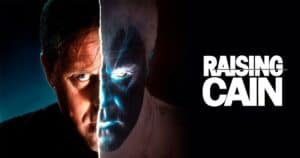

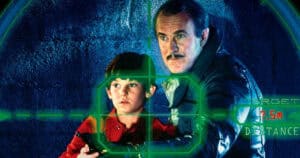

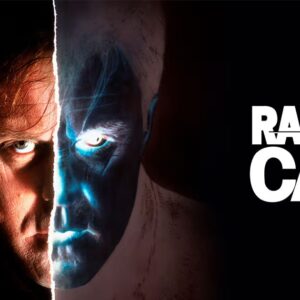

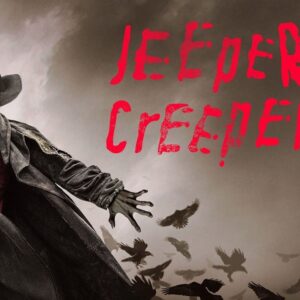

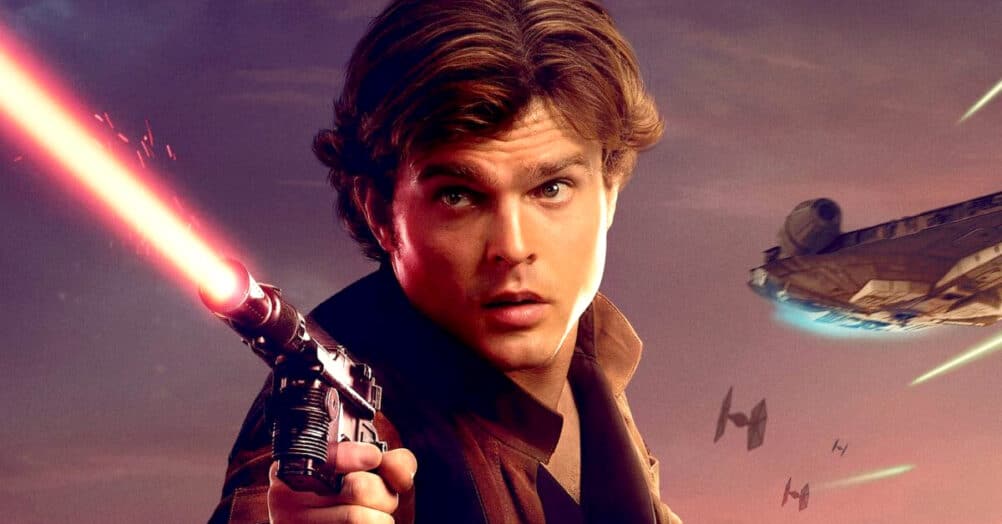
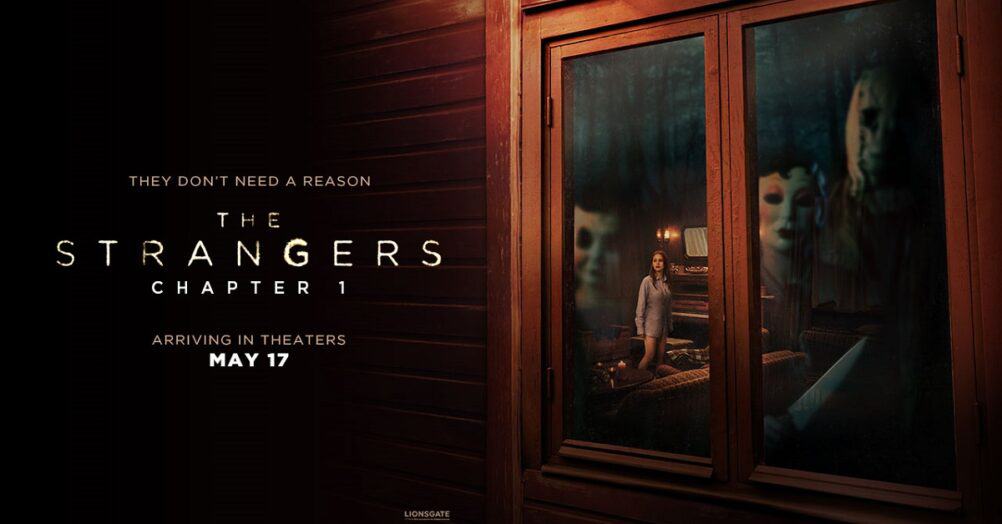
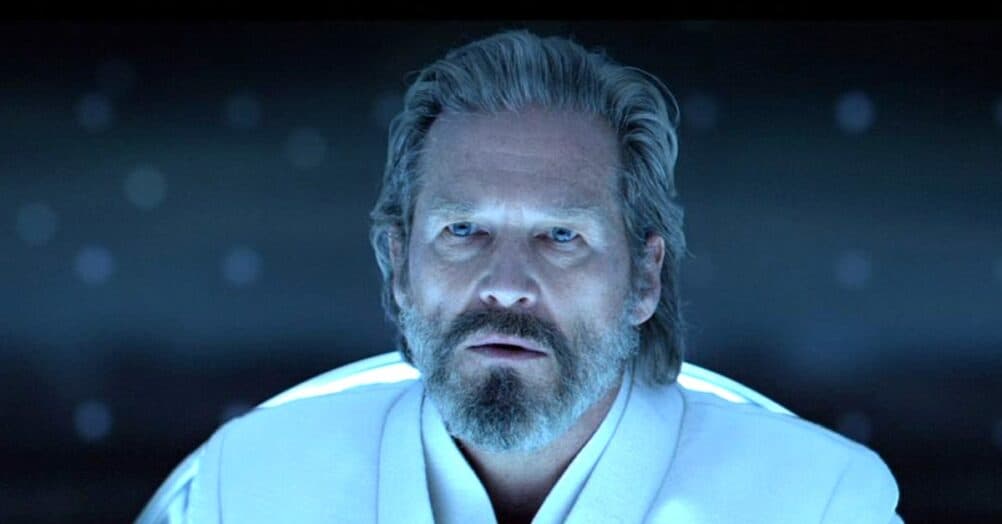
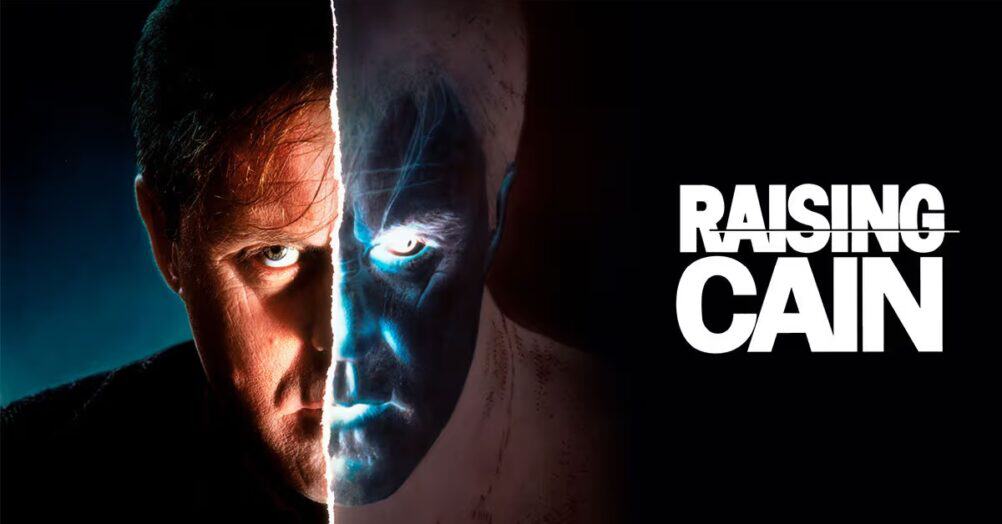
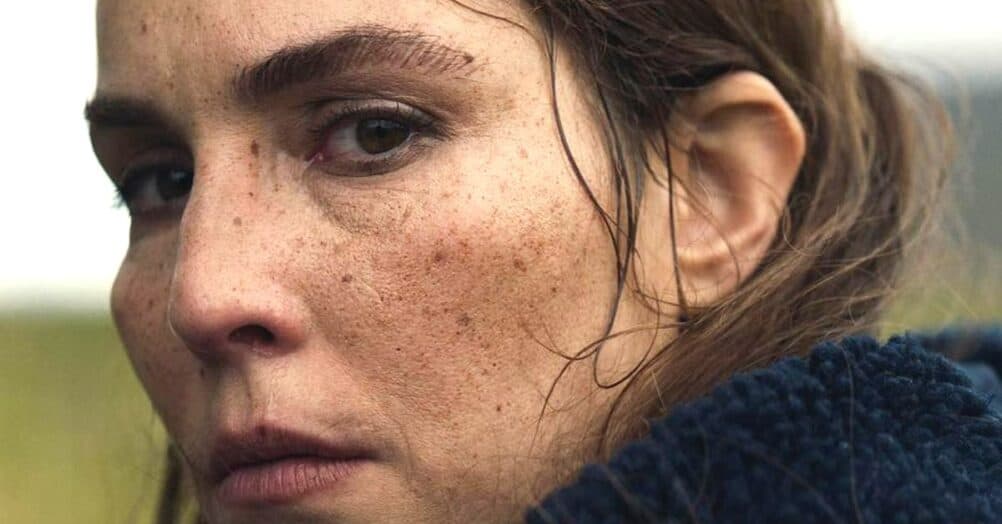

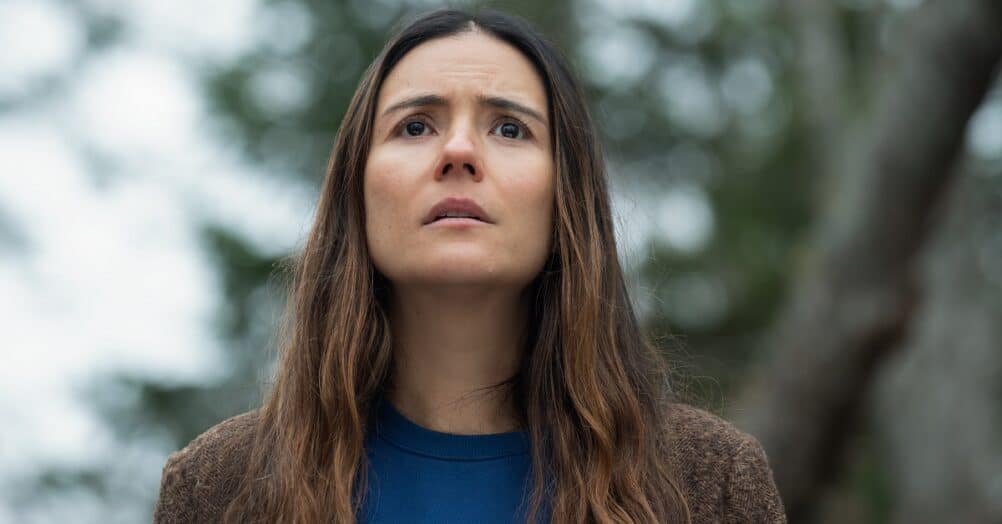

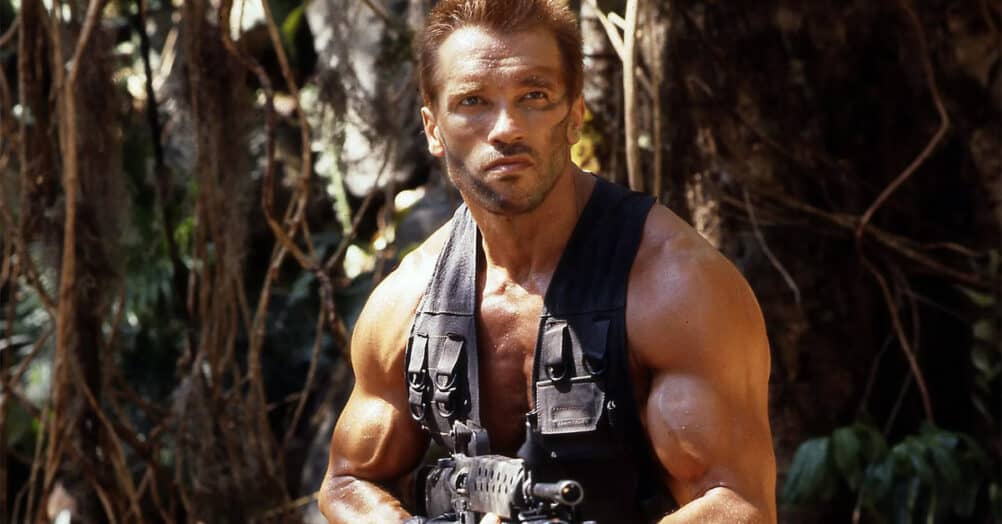
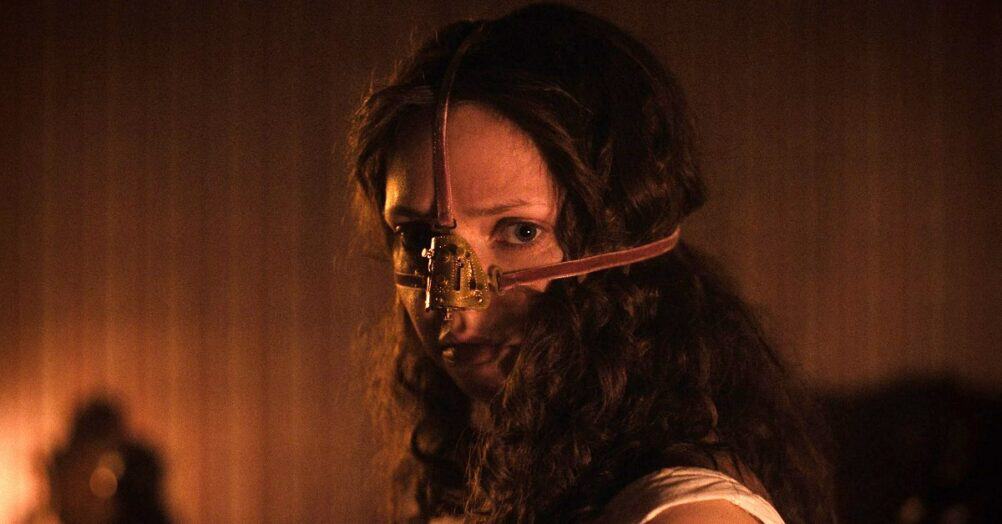
Follow the JOBLO MOVIE NETWORK
Follow us on YOUTUBE
Follow ARROW IN THE HEAD
Follow AITH on YOUTUBE